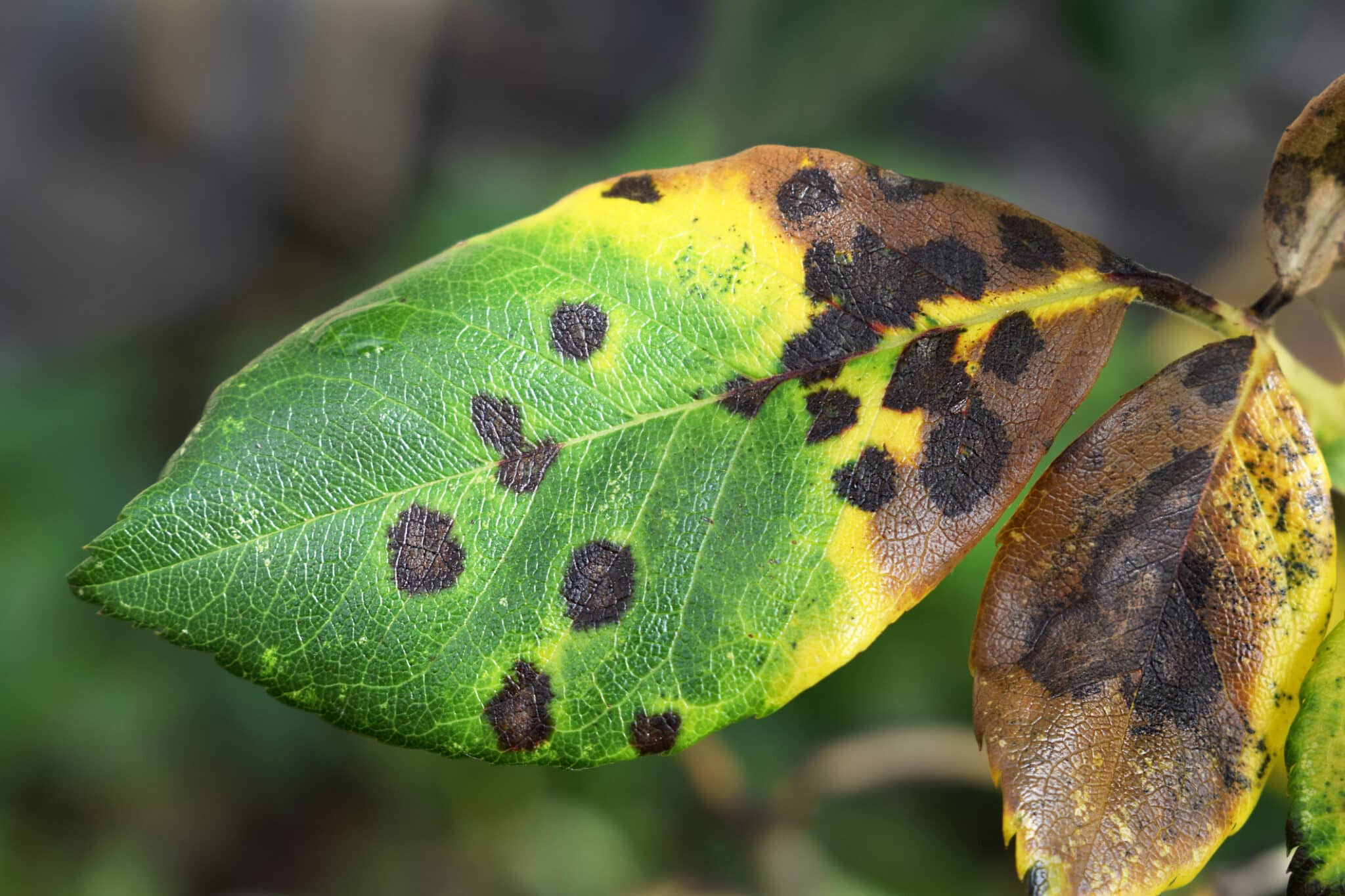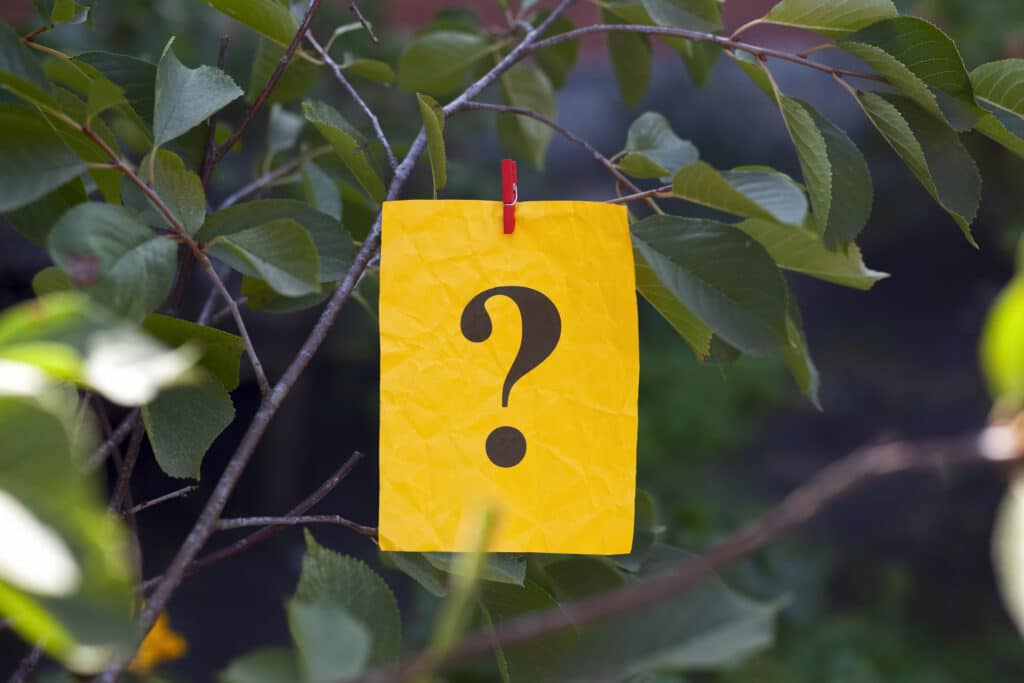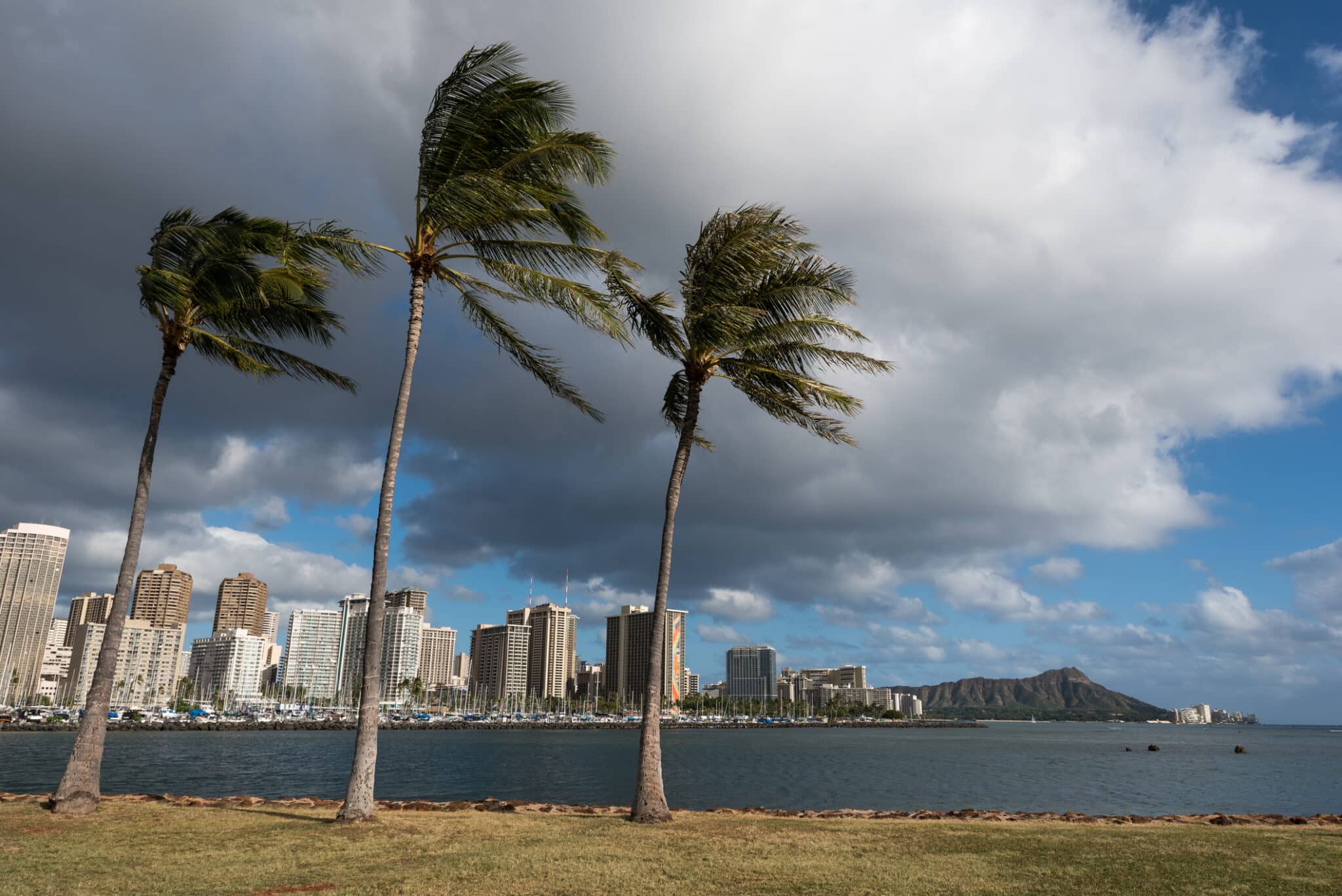When it comes to maintaining a healthy and safe landscape, identifying tree branches prone to breaking is crucial. For homeowners in Honolulu and surrounding areas like Kaneohe and Hawaii Kai, the lush greenery that adds beauty to their property can also pose risks. Tree branches that show signs of weakness are not just an eyesore; they can be a hazard, especially during stormy weather. Understanding these signs early on can save a lot of trouble and ensure the safety of your property and loved ones.
Cracks, deadwood, and fungal growth are clear indicators that a tree branch may soon break. These symptoms suggest that the tree is not in optimal health and requires attention. In areas like Hawaii Kai, where the climate can contribute to the rapid growth of both trees and fungi, it’s particularly important to keep an eye out for these signs. Regular checks can help identify these issues before they escalate into larger problems.
Another sign to watch for is V-shaped branch unions, which are weaker than their U-shaped counterparts and more likely to fail under stress. Additionally, limbs that rub against each other can create wounds in the bark, leading to decay and weakness. This kind of damage is often more prevalent in densely wooded areas like Kaneohe, where trees compete for light and space, causing them to grow in less than ideal formations.
Lastly, decay at the base of the tree is a serious sign of trouble. This condition not only weakens tree branches but also the entire tree, making it a significant hazard during the wet season. Regular inspections by homeowners can help identify these and other hazards early, making it much safer to schedule tree removal or maintenance. By staying vigilant, residents can protect their properties and enjoy the beauty of their surroundings without worry.
Recognizing the Signs of Weak Tree Branches
Recognizing the signs of weak tree branches is essential for maintaining a safe and beautiful landscape. In Honolulu, where storms can quickly turn a weak branch into a hazard, homeowners should be proactive. By conducting regular inspections, especially after severe weather, you can spot potential problems early. This vigilance allows for timely intervention, preventing damage to your property and ensuring the safety of everyone around.
Fungal growth on tree branches is a telltale sign of underlying issues that could lead to breakage. When you notice mushrooms or other fungi near your tree’s base or on its branches, it’s a signal that the wood may be rotting from the inside. This is particularly common in the moist climates of areas like Kaneohe, where fungi thrive. Addressing these signs promptly can save a tree from becoming a liability.
Rubbing limbs are another indicator of branches that might break. This friction can remove bark, exposing the tree to pests and diseases, and weakening its structure. If you observe branches rubbing together, consider consulting a professional to prune them properly. This step is crucial in preventing further damage and ensuring the health and longevity of your tree.
Decay at the base of a tree is a serious concern that requires immediate attention. If you spot signs of decay, such as soft, crumbly wood or a hollow trunk, it’s time to act. Such decay can compromise the tree’s stability, making it a significant risk during the wet season in Hawaii Kai. Regular inspections and timely action can prevent these issues from escalating, keeping your landscape safe and beautiful.
The Importance of V-Shaped Branch Unions
Understanding the structure of tree branches can significantly impact their resilience and longevity. V-shaped branch unions, in particular, are less stable than their U-shaped counterparts, making them more susceptible to breaking. This weakness is due to the narrow angle between the branches, which can lead to a lack of strong attachment. Homeowners in areas like Kaneohe should regularly inspect their trees for these formations to prevent potential hazards.
Trees with V-shaped unions often require more attention and care to maintain their health and safety. By identifying these unions early, it’s possible to manage the risk they pose. Strategic pruning can help redistribute the weight and reduce the strain on these critical points. For residents in Hawaii Kai, consulting with a tree care professional can ensure that these interventions are done correctly, preserving the tree’s beauty and structural integrity.
The importance of addressing V-shaped branch unions extends beyond the immediate risk of branch failure. These unions can be entry points for pests and diseases, which can further weaken the tree. Regular inspections can catch these issues before they lead to significant damage or tree loss. This proactive approach is essential for maintaining the lush, vibrant landscapes that are characteristic of Honolulu and its surrounding areas.
Ultimately, the goal is to ensure the safety and health of both the trees and the properties they adorn. By understanding the specific risks associated with V-shaped branch unions, homeowners can take informed steps towards tree care. Whether it’s through professional pruning, structural support, or sometimes removal, these actions can prevent property damage and injury. This vigilance and care help keep our communities safe and beautiful, allowing us to enjoy the natural beauty of our environment with peace of mind.
Identifying and Managing Rubbing Limbs
Identifying and managing rubbing limbs is another essential step in ensuring the health of tree branches. When limbs rub against each other, the friction can cause damage to the bark, exposing the tree to various risks. This is particularly problematic in areas like Kaneohe, where the dense foliage can lead to more instances of limbs rubbing together. Catching these issues early allows for corrective pruning to prevent further damage.
In Hawaii Kai, the moist climate can exacerbate the problems caused by rubbing limbs, making trees more susceptible to pests and diseases. Homeowners should inspect their trees regularly for signs of limbs that are in contact with each other. Early detection and intervention can save a tree from severe damage or even death. Consulting with a tree care professional can ensure that the pruning is done correctly, preserving the tree’s health and structure.
Rubbing limbs not only pose a risk to the tree’s health but can also lead to weakened tree branches. Over time, the constant friction can weaken the structural integrity of the branches, making them more likely to break. This is why it’s crucial to address these issues promptly, especially before the wet season when the risk of breaking increases. Strategic pruning can alleviate stress on the branches, reducing the likelihood of breakage.
Ultimately, the goal is to maintain the safety and beauty of your property by ensuring the health of your trees. Regular inspections for signs of rubbing limbs, along with professional maintenance, can greatly reduce the risk of tree branches breaking. This proactive approach helps protect your home and loved ones from potential hazards. By staying vigilant, homeowners in Honolulu and surrounding areas can enjoy the lush landscape without worry.
Spotting Decay: A Key Factor in Tree Branch Health
Spotting decay in tree branches is crucial for maintaining their health and ensuring the safety of your property. In Honolulu, the warm, humid climate can accelerate the decay process, making regular inspections a necessity for homeowners. By looking out for signs of decay, such as soft spots, fungi, or a hollow feeling when tapped, you can catch problems before they escalate. Early detection allows for timely intervention, potentially saving the tree and preventing hazards.
In Kaneohe, the lush landscapes are a testament to the beauty of nature, but they also require vigilant care to remain safe and healthy. Decay weakens tree branches from the inside, making them more likely to break during storms or under the weight of their own foliage. Homeowners should pay particular attention to older trees, as they are more susceptible to decay and can pose a greater risk if not properly maintained. Addressing these issues promptly can help ensure the longevity of your trees and the safety of your surroundings.
Professional assessments are often necessary to accurately diagnose and treat decay in tree branches. In Hawaii Kai, where the natural beauty is a significant part of the community’s charm, preserving the health of trees is a priority. A professional can offer solutions such as pruning away the affected branches or treating the tree to stop the spread of decay. This expert intervention can be the key to saving a tree and maintaining the aesthetic and safety of your property.
Ultimately, the health of tree branches is an integral part of maintaining a safe and beautiful landscape. Regular inspections, prompt action when decay is spotted, and professional advice are essential steps in this process. By taking these precautions, homeowners in Honolulu and its surrounding areas can protect their homes, loved ones, and the natural beauty that surrounds them. Keeping an eye on the health of your trees is not just about preservation; it’s about ensuring a safe and vibrant environment for everyone to enjoy.

The Role of Fungal Growth on Tree Branches
Fungal growth on tree branches is a common sight in Honolulu, signaling underlying health issues. These fungi, often seen as mushrooms or mold, indicate that the wood is rotting from within. Homeowners should take this as a prompt to inspect their trees more closely. Early detection and treatment can prevent the fungi from causing further damage.
In Kaneohe, the lush environment provides the perfect conditions for fungi to thrive on tree branches. This growth can weaken branches, making them more susceptible to breaking during storms. Residents can mitigate risks by regularly checking for signs of fungal growth and addressing them promptly. Consulting with a tree care professional can ensure the correct measures are taken to protect the tree and property.
Hawaii Kai’s humid climate further accelerates the spread of fungi on tree branches. When fungi are spotted, it’s crucial to act quickly to halt its progression. Removing affected branches or applying fungicide can often save the tree and prevent potential hazards. These actions help maintain the tree’s structural integrity and the safety of the surrounding area.
Ultimately, managing fungal growth on tree branches is essential for maintaining healthy, safe landscapes. Regular inspections and timely interventions can save trees from decay and prevent breakage. Homeowners in Honolulu and its neighboring areas play a vital role in preserving the beauty and safety of their properties through proactive tree care.
How Deadwood Indicates Potential Branch Failure
Deadwood on tree branches often serves as a clear warning sign of potential branch failure. In Kaneohe, homeowners should regularly inspect their trees for these dead sections, as they lack the living tissue necessary for strength and flexibility. Removing deadwood promptly can prevent it from becoming a hazard, especially during high winds or storms. This proactive step is crucial for maintaining the safety of your property and the health of your trees.
In Hawaii Kai, the presence of deadwood also indicates that a tree may be struggling with disease or pest infestation. By addressing these issues early, you can often save the tree and avoid the risk of falling branches. Consulting with a tree care professional can help determine the best course of action, whether it’s treatment or pruning. Their expertise ensures that your trees receive the care they need to thrive.
Deadwood isn’t just a safety concern; it can also detract from the aesthetic appeal of your landscape. Removing these unsightly branches revitalizes the appearance of your trees, contributing to the overall beauty of your property. Regular maintenance, including the removal of deadwood, plays a key role in creating a vibrant and inviting outdoor space.
Ultimately, managing deadwood on tree branches is an essential aspect of tree care that homeowners should not overlook. Regular inspections and maintenance help ensure the safety and beauty of your property. By taking these steps, you contribute to a healthier, safer environment for your family and community.
Preparing Trees for Storm Season: A Guide
As storm season approaches in Honolulu, preparing tree branches for the potential onslaught becomes a priority for homeowners. This preparation involves more than just a casual glance; it’s about thoroughly inspecting each tree for signs of weakness or decay. In Kaneohe, where storms can hit with little warning, securing branches through strategic pruning can mitigate risks. This proactive step not only safeguards your property but also extends the life of your trees.
In Hawaii Kai, the lush landscapes that charm residents and visitors alike demand diligent care, especially before the wet season. Ensuring tree branches are free from deadwood and fungal growth is crucial. These tasks, while seemingly minor, play a significant role in preventing branch failure during severe weather. By addressing these issues early, you maintain the natural beauty and safety of your surroundings.
The process of preparing trees for storm season also includes consulting with tree care professionals. Their expertise can be invaluable, offering insights into the specific needs of your trees. Whether it’s identifying branches that pose a risk or implementing preventive measures, their guidance ensures your trees are in the best possible condition to withstand the elements. This expert advice can be the difference between a tree surviving a storm intact or suffering significant damage.
Finally, the importance of regular maintenance cannot be overstressed. For trees to remain healthy and strong, they require ongoing care, not just in the lead-up to storm season. Regular pruning, inspections for signs of decay or disease, and soil care are all part of a comprehensive approach to tree care. By committing to these practices, homeowners in Honolulu and its environs can enjoy the beauty and shade of their trees, knowing they have taken steps to protect their property and loved ones.
Scheduling Regular Tree Inspections for Safety
Ensuring the safety of your home and loved ones starts with regular tree inspections. In Kaneohe, setting a schedule for these checks can make all the difference. It allows you to catch early signs of decay or weakness in tree branches before they become a hazard. This proactive approach not only protects your property but also extends the life of your trees.
Consulting with a tree care professional is a wise step for homeowners in Hawaii Kai. They bring a wealth of knowledge and experience, identifying potential risks that may not be immediately obvious. Their expertise helps in making informed decisions about which tree branches need attention. This guidance is invaluable in maintaining the health and safety of your landscape.
Adopting a routine for tree maintenance goes beyond ensuring safety. It’s about preserving the natural beauty and integrity of your property. Regular inspections help identify issues like fungal growth or deadwood, which can affect a tree’s appearance and health. Addressing these problems early keeps your trees vibrant and robust, enhancing the overall look of your surroundings.
Finally, the commitment to scheduled tree inspections reflects a broader responsibility towards community safety. By taking care of the tree branches on your property, you contribute to a safer environment for everyone. This collective effort helps prevent potential damage from falling branches, making our neighborhoods a safer place to live and enjoy.
Frequently Asked Questions
What signs indicate a weak branch?
Weak branches often reveal themselves through visible cracks and deadwood, signaling their vulnerability. Fungal growth is another telltale sign, indicating underlying health issues. Additionally, branches that form V-shaped unions or rub against each other are at higher risk of breaking. Regularly checking for these signs can help you spot potential hazards early, ensuring your trees remain healthy and safe.
How to inspect tree branches safely?
To safely inspect tree branches, start by examining the tree from a distance. Look for any signs of leaning or uneven growth. Use binoculars to spot cracks or deadwood in higher branches. Always avoid climbing the tree yourself; instead, consider hiring a professional if you suspect any issues.
When should tree branches be trimmed?
Tree branches should be trimmed before the wet season to prevent damage. This timing helps trees heal better and strengthens them against storms. It’s also wise to prune when branches show signs of weakness or disease. Regular trimming keeps trees healthy and your property safe from potential hazards.
Can pruning prevent tree branches from breaking?
Yes, pruning can help prevent tree branches from breaking. By removing weak or diseased limbs, it reduces the tree’s overall weight. This process also encourages the growth of stronger branches. Regular pruning, done correctly, makes trees more resilient to storms and wind.
What diseases affect tree branches’ strength?
Several diseases can weaken the strength of tree branches, making them more prone to breaking. Fungal infections, such as powdery mildew and root rot, directly impact a tree’s health. These diseases hinder the tree’s ability to transport water and nutrients, leading to brittle branches. Regular monitoring for signs of disease helps maintain tree stability and safety.


